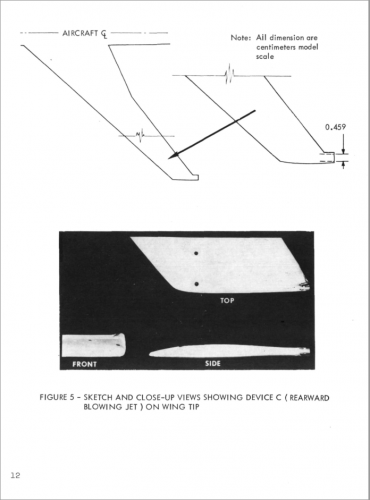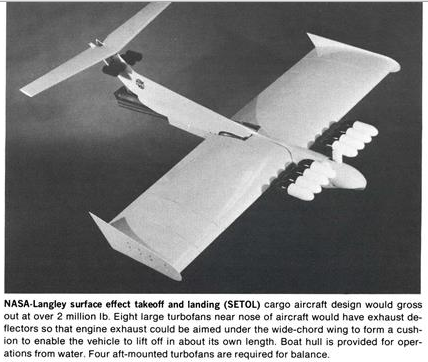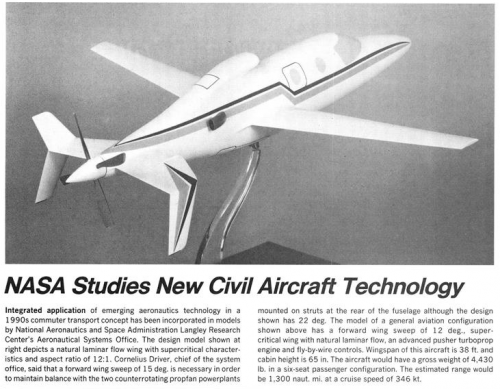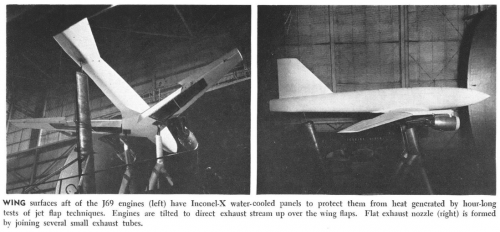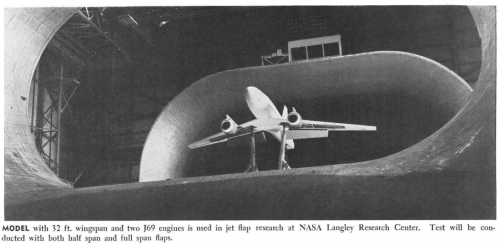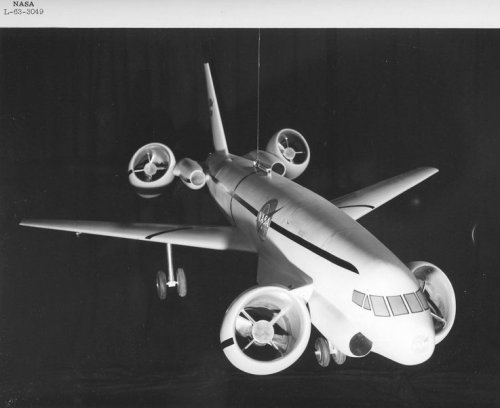- Joined
- 9 October 2009
- Messages
- 21,898
- Reaction score
- 13,460
https://www.youtube.com/watch?feature=player_embedded&v=Hr4kUFB8LCg
http://nypost.com/2015/09/20/nasa-working-on-space-shotgun-to-blast-asteroids/
A bit of hype in the title, but interesting none the less.
http://nypost.com/2015/09/20/nasa-working-on-space-shotgun-to-blast-asteroids/
A bit of hype in the title, but interesting none the less.
















